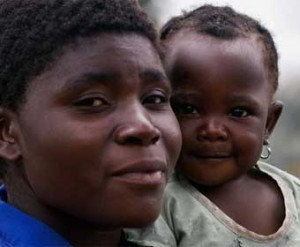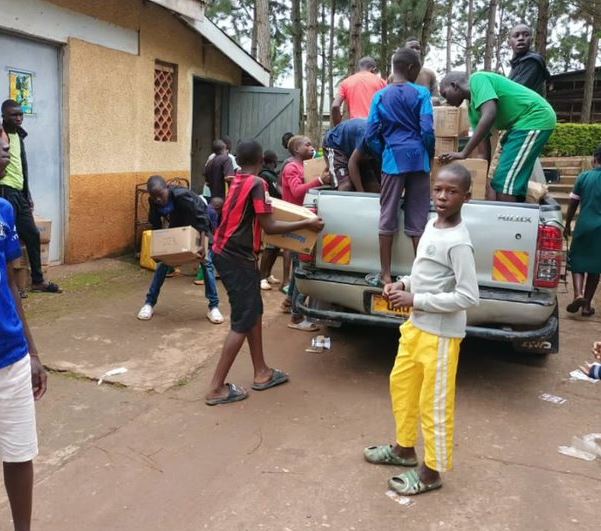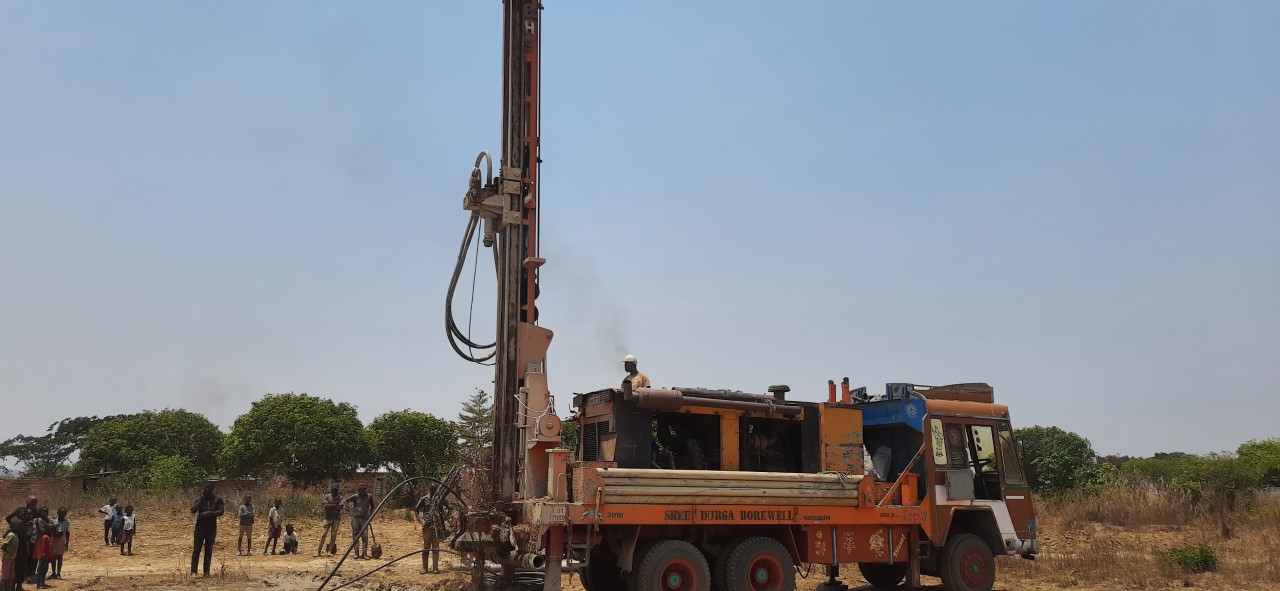USAID: Saving Mothers: A New Initiative to Address Maternal Mortality

(USAID) “In Zambia, when women have delivered, we say ‘Oh, you have survived.’” This chilling reminder of the impact of maternal mortality in sub-Saharan Africa came from Professor Elwyn Chomba, a Zambian government public health official interviewed by CSIS for a new video about the challenges of maternal mortality and a new initiative to address it.
Pregnancy-related deaths remain an acute problem in many places, despite overall global declines in rates of maternal mortality. Every day, nearly 800 women die from complications in pregnancy or childbirth, and 99 percent of these deaths occur in developing countries. These deaths are largely preventable with interventions and training to prevent or treat complications such as hemorrhage, infection, and obstructed labor, and with increased access to reproductive health services and emergency care.
We traveled to Zambia because it has a disproportionately high rate of maternal mortality – an estimated 440 women dying for every 100,000 live births, which is 20 times higher than the U.S. But Zambia, as well as Uganda, is also the site of a new program, called Saving Mothers, Giving Life (SMGL), designed to reduce maternal mortality by up to 50 percent in selected districts in a year.
SMGL builds on the fact that most maternal deaths result from one or more of three delays: in seeking care, in arriving at a health facility, and in receiving appropriate care. SMGL is working to address those delays by supporting linkages between communities and health facilities through Safe Motherhood Action Groups (SMAGs); by improving communications and transportation in the districts to speed the care and referrals of pregnant women; and by training and hiring health care providers, while improving equipment and standards of care at health facilities.
Although the U.S. government has been a driving force behind SMGL, it is a public-private partnership. The U.S. Agency for International Development leads SMGL for the U.S. Government, in partnership with the President’s Emergency Plan for AIDS Relief (PEPFAR), the Centers for Disease Control and Prevention, the Peace Corps, and the Department of Defense. The other SMGL partners include the governments of Norway, Zambia, and Uganda, the Merck for Mothers program, the American College of Obstetricians and Gynecologists, and Every Mother Counts.
SMGL has generated excitement, but its implementers know that there is no quick fix for reducing maternal mortality. Accordingly, the initiative faces significant challenges to national scale up and to sustainability, and many experts believe that the changes required will take years – not months — to achieve.
Effectively addressing maternal mortality — in Zambia and elsewhere — will demand ongoing commitment, from national governments and international partners – and investments in community awareness, in improving health facilities and transportation, and in expanding women’s access to health services, including family planning programs. As Professor Chomba said, we want to get to a point where “every woman can look forward to labor, and not say, I may die.”
###
This originally appeared on Smart Global Health.
Posted by Janet Fleischman and Julia Nagel, Center for Strategic and International Studies on Thursday, March 14th 2013




